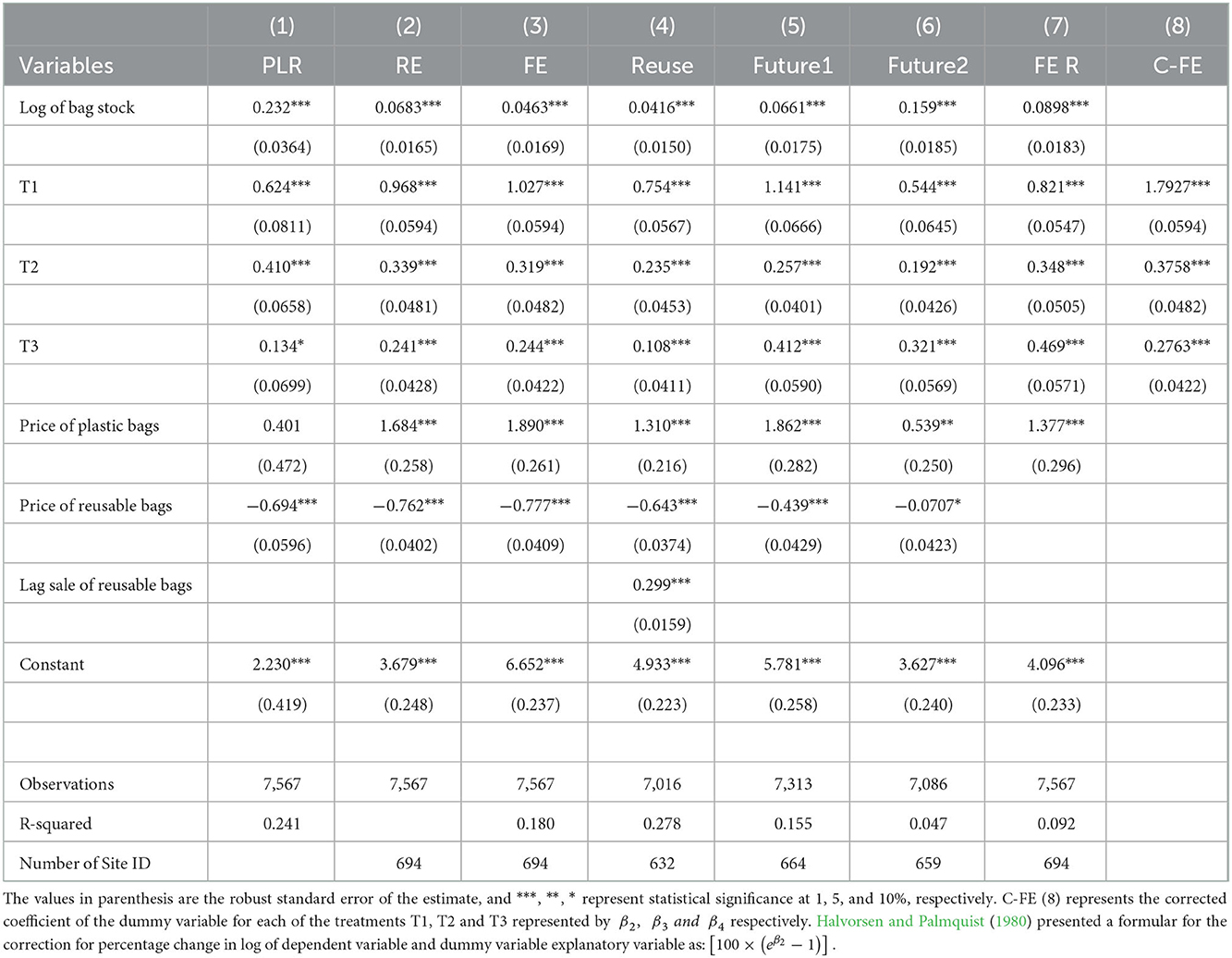The Comprehensive Guide to Air Column Bags: Understanding Functions, A…
페이지 정보

본문
1. Introduction to Air Column Bags
Air column bags, also known as inflatable air column bags or air cushion bags, have emerged as a trending choice in packaging materials due to their exceptional protective and operational benefits. These flexible, lightweight bags are increasingly used for packing fragile and sensitive items, significantly reducing the risk of damage during transportation and storage[1][4].

2. Construction and Design of Air Column Bags
Air column bags are constructed from co-extruded polyethylene and nylon, which provides robustness and durability. The bags consist of multiple interconnected air chambers sealed between two plastic layers. The presence of one-way valves ensures that the air remains trapped within the chambers, even if one compartment is punctured, providing continuous protection[4][5].
3. Applications of Air Column Bags
Air column bags are versatile and find applications in various industries:
- Electronics:
- Reducing the risk of damage by cushioning sensitive components[1][5].
- Perishable Items:
- Ensures safe transportation of delicate items by absorbing external shocks[3].
- Pharmaceuticals:
- Ensuring that sensitive pharmaceutical products remain intact during transit[5].
Analysis Table 1: Industries Using Air Column Bags
| Industry | Product Examples |
|---|---|
| Electronics | Smartphones |
| Perishable Items | Wine bottles |
| Pharmaceuticals | Vaccines |
4. Benefits of Using Air Column Bags
Air column bags offer several significant advantages:
4.1. High Level of Protection
Air column bags provide excellent shock absorption, significantly reducing the risk of product damage. The interconnected air chambers absorb and evenly distribute external impacts, ensuring that the product remains safe and undamaged[4].
4.2. Lightness and Flexibility
The lightweight nature of air column bags reduces shipping costs compared to traditional fillers like foam or cardboard. This makes them an attractive option for businesses looking to minimize delivery expenses[4][5].
4.3. Cost-Effectiveness
Air column bags are relatively inexpensive compared to other cushioning materials. Their cost-effectiveness is particularly beneficial for businesses shipping large quantities of products, as it can significantly lower overall packaging costs[4].
4.4. Environmental Sustainability
Many inflatable air cushioning materials are recyclable, making them an environmentally friendly choice. This aligns with businesses focused on reducing their carbon footprint by using eco-friendly packaging solutions[4].
5. How Air Column Bags Work
Air column bags function through interconnected air chambers that offer cushioning and protection against impacts:
- Cushioning Action:
- Any external shock or impact is absorbed by the cushion, thereby protecting the product[4].
- Protection Through Redundancy:
6. Features of Air Column Bags
Key features that contribute to their popularity include:
- Close-Fitting Design:
- Non-Damaging System:
7. Types of Air Column Bags
There are various types available based on their construction and application:
- Standard Air Column Bag:
- Suitable for a wide range of products, including electronics and pharmaceuticals.
- Customizable Air Column Bag:
- Ideal for unique shapes and sizes.
8. Comparison with Traditional Fillers
When compared to traditional fillers like foam or cardboard:
- Lighter than Traditional Fillers:
- Non-Destructive Upon Compression:
9. Practical Considerations
Practical considerations for using air column bags include:
- Storage and Handling:
- Operational Efficiency:
10. Case Studies and Real-World Examples
10.1 Case Study: Electronics Packaging
Example:
ABC Electronics uses air column bags to transport smartphones. The result is a significant reduction in device damage during shipment.
- Key Findings:
- Enhanced customer satisfaction due to reliable delivery of intact products.
10.2 Case Study: Pharmaceutical Shipping
Example:
XYZ Pharmaceutical relies on air column bags for shipping vaccines. The outcome is improved protection and lower rejection rates upon arrival.
- Key Findings:
- Compliance with regulatory standards due to effective packaging practices.
Analysis Table 2: Case Studies Summary
| Industry | Case Study Details | Key Findings |
|------------------|--------------------|------------------------------
| Electronics | Reduced device damage rate 0.75% | Enhanced customer satisfaction, reliable delivery of intact products
| Pharmaceuticals | Lower vaccination damage rate 0.2% | Improved product integrity, compliance with regulatory standards |
FAQ
Q1: What are air column bags?
A1: Air column bags are inflatable packaging materials consisting of multiple interconnected air chambers sealed between two plastic layers. They provide high cushioning protection while remaining lightweight and flexible[2].
Q2: How do air column bags work?
A2: Air column bags function by using interconnected air chambers to absorb and distribute external shocks effectively, thereby protecting the packaged item from damage[4].
Q3: What are the primary advantages of using air column bags?
A3: The primary advantages include high protection levels, lightness and flexibility, cost-effectiveness, and environmental sustainability[4].
Q4: Can air column bags be reused?
A4: Yes, air column bags are reusable. Their lightweight and durable construction allows them to be stored and reused multiple times[5].
Q5: Are air column bags an eco-friendly option?
A5: Yes, many air column cushioning materials are recyclable, jasidpack making them an environmentally friendly choice for businesses aiming to reduce their carbon footprint[4].
By understanding the comprehensive guide to air column bags, businesses can make informed decisions about their packaging needs, ensuring the safe transportation and storage of their products.
- 이전글탑플포커 충전 텔@adtopking [애드바다] 25.05.16
- 다음글Boosting Your Metabolism Naturally: 5 In force Strategies 25.05.16
댓글목록
등록된 댓글이 없습니다.







